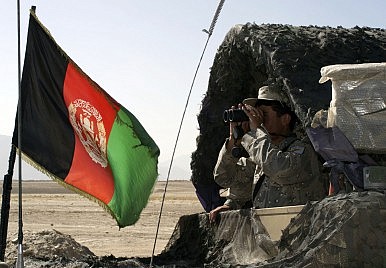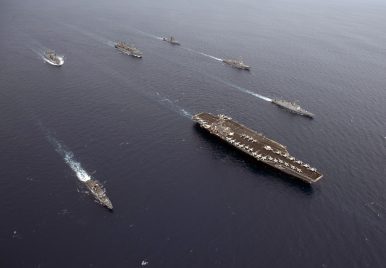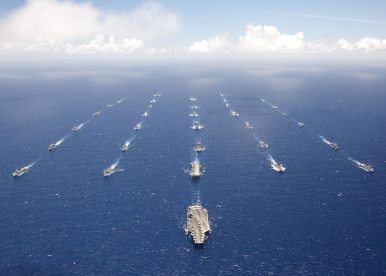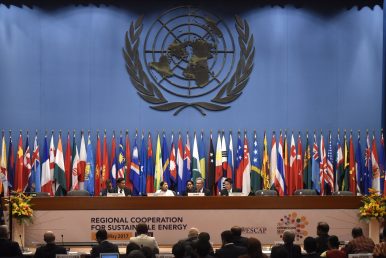By Rajeswari Pillai Rajagopalan
 On August 15, Indian Prime Minister Narendra Modi announced in his Independence Day speech that India will undertake its first manned space mission by 2022. He promised that as India celebrates its 75th year of its independence, there will be an Indian astronaut aboard Gaganyaan, as the Indian manned space vehicle is named, “unfurl[ing] the Tricolor in space.” The feat would not be without significance for India. A successful mission will make India the fourth country to put humans into space. The only Indian who has been to space is Rakesh Sharma, an Indian Air Force pilot, who flew on a Soyuz T-11 for almost eight days in 1984.
On August 15, Indian Prime Minister Narendra Modi announced in his Independence Day speech that India will undertake its first manned space mission by 2022. He promised that as India celebrates its 75th year of its independence, there will be an Indian astronaut aboard Gaganyaan, as the Indian manned space vehicle is named, “unfurl[ing] the Tricolor in space.” The feat would not be without significance for India. A successful mission will make India the fourth country to put humans into space. The only Indian who has been to space is Rakesh Sharma, an Indian Air Force pilot, who flew on a Soyuz T-11 for almost eight days in 1984.










/arc-anglerfish-arc2-prod-mco.s3.amazonaws.com/public/ATSRMCSXRFEQ5MXRXAWNCPHWQQ.jpg)